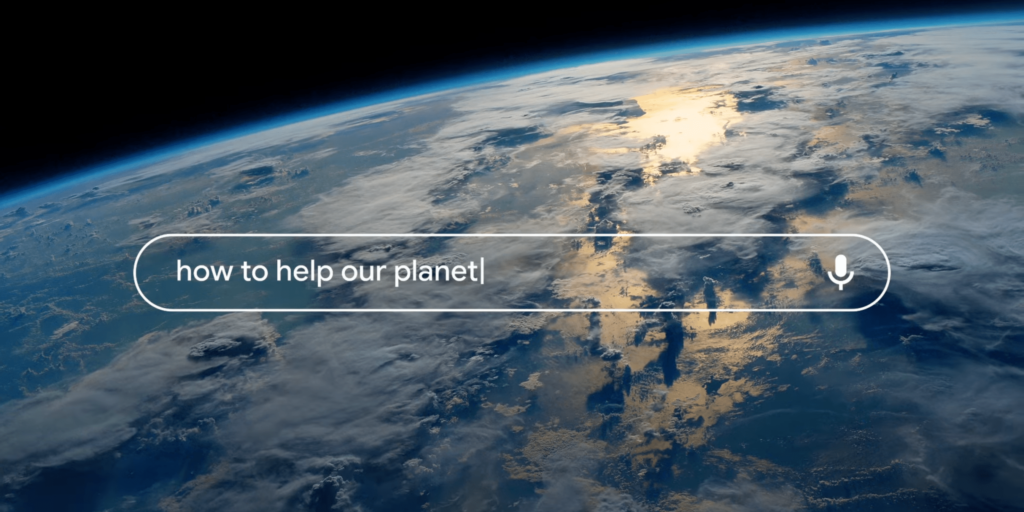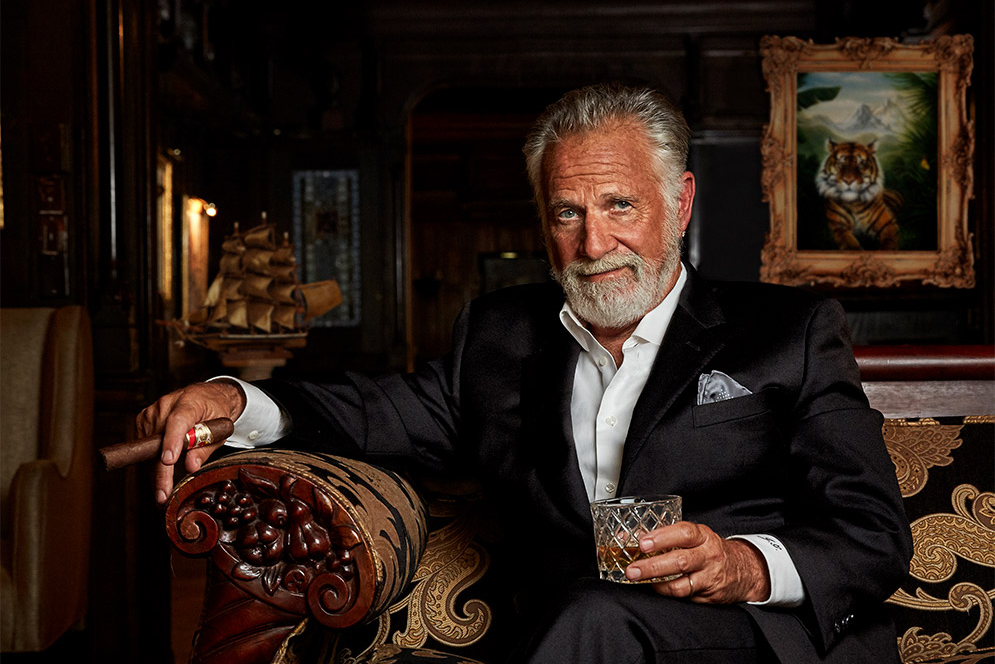
What’s your brand identity?
An explorer? A guide? A ruler? Are you a jester, a magician?
Brand engagement is the most effective way to forge customer loyalty and build mindshare in today’s crowded marketplace. The foundation is a strategic and authentic brand identity. Your brand identity informs your appearance, tastes, sensibility and perspective. When you express your identity with personality, it’s a natural and intuitive way to communicate it.
>We draw people into our personalities using feelings.
Do you make the people around you feel joyful? Adventurous? Comforted? Emotions are the fundamental tools we use to show who we are and why people should pay attention to us. They’re the expression of our identity.
Because brands communicate with people, they follow the same simple pattern of human interaction:
1. Develop a recognizable identity and personality
2. Leverage emotional influencers to engage the audience
Brand Identity: Who Are You
• Your brand identity is what ties together all branded materials, the cohesive through line that expresses who you are across platforms, the big idea and position.
• Your personality is the outward expression of your brand identity: the tone of written copy and the feel of visual language.
Emotional Influencers: How You Engage
• Just as humans use emotions to communicate their identities, brands use different emotional tactics to relate and connect to us.
• But because brands want us to buy, return, and engage, they’re not just showing us who they are. They’re using emotions to influence our decisions.
• Brands can use multiple emotional influencers, but identity remains constant. It’s like how your dominant personality traits might shift depending on context, but you’re always you.
Successful brands have a deep understanding of their foundational identities and create emotional resonant campaigns that are in line with who they really are. By expressing identities through emotional strategies, brands communicate with us on a much deeper level, fueling engagement and inspiring action. They elevate a simple transaction to a memorable experience, forging a bond and enticing us to come back for more.
This is the second installment in our series on the 12 Emotional Influencers of the Brand Feel Wheel. These influencers are the tactical tools that brands use to communicate brand identity, create emotional resonance, and convey how their offering aligns with achieving our deepest desires. Last month, we talked about how brands use joy to fuel engagement. This month, we’re talking about another universally powerful motivator: curiosity.
Curious to learn more? Keep reading to find out how brands hook our interest and reel us in.

Curiosity is the desire to know or learn something. Humans by nature are curious– it’s part of what sets us apart from other animals. That means curiosity is a universal motivator, making it highly resonant with a huge audience. It’s also a powerful incentive for action– when we want to know, do or see something, we’ll go out of our way to satisfy our interest. If brands can pique our curiosity, we’ll keep coming back for as long as they can hold our attention.
Though Adventure, Spirit or Safety brands can use curiosity effectively, it’s most closely associated with brands that base their identity in imagination. Imagination Brands create an atmosphere of possibility, novelty and change. Existing at the Discovery-Progressive intersection of the Perception Axes, they invite us to rethink our opinions, discover new experiences and create different realities. Because they disrupt the status quo, Imagination Brands are innovators, here to show us anything is possible.
Curiosity is an effective tool to get people interested in something they’ve never seen before. Innovation, if not presented correctly, can breed suspicion and fear. Curiosity is a positive motivator that taps into our human need to understand. It brings a loyal audience that is receptive to finding better ways and new methods.

We’re overwhelmed by information and content. Because curiosity tickles our base drive to understand, it can effectively cut through the noise. Brands that use this motivator authentically and strategically have much to gain in a crowded marketplace.
Brands that play on curiosity usually seek to satisfy our constant search for answers. They’ll take us to new places or expose us to new information. They pose themselves as bearers of knowledge who help us on our journey for whatever we’re looking for. There are several strategies that brands use to communicate curiosity, catching our attention and driving us to action.
1. Bring Knowledge

Strengths: Being seen as a brand for knowledge seekers inspires a loyal following. It’s a tactic that never goes out of style– people always want to know more. Being a bearer of knowledge makes a brand central to a consumer’s life, creating strong affinity.
Challenges: Knowledge can be highly political. Not everyone agrees on what kind of knowledge should be available, presenting risk of alienation and fracture.
Example brands: TED, Google, PBS
2. Inspire Wonder

Strengths: Wonder is often linked to surprise, beauty, and rarity. Brands that bring us into places we could never reach or reveal to us secrets we wouldn’t know without them are working with wonder. It’s a positive emotion, something that makes us feel special and widens our understanding, pushing us to come back again.
Challenges: Wonder can be a resource intensive tactic– not all brands can bring their audience into remote places or come out with something new every few years. It requires constant reinvention, as wonder fades quickly.
Example Brands: National Geographic, SpaceX, Apple
3. Make it Mysterious

Strengths: Mystery is about obscuring part of the story and incorporating elements of surprise. Intriguing characters, teasers, surprise announcements, limited edition runs, and random prizes are highly effective at drumming up interest. Mystery engages us by giving us a purpose to figure it out. Our curiosity is hooked and we need to find out more. When the mystery is “solved”, we feel like a select group who “got it”.
Challenges: Mystery is hard to do right. Brands can’t obscure too much– your audience still needs to understand who you are and what you do. Mystery also doesn’t work for all products: people typically don’t want mystery in their food or medicine, for example.
Example Brands: Dos Equis, Supreme

Are you offering something new in the market? Are you opening doors or shifting the status quo? Do you create new experiences, forge new paths? If the answer is yes, curiosity should be in your communications toolkit.
Sometimes it’s difficult to see from the inside if an emotional motivator is aligned with your identity. You know your brand better than anyone else, which means perspective can be a challenge. That’s why the right branding partner can be the key to uncovering your authentic identity. At Flux, we don’t invent– we discover. By digging deep into your business, competitors, vision and goals, we transform brands into who they were always meant to be.